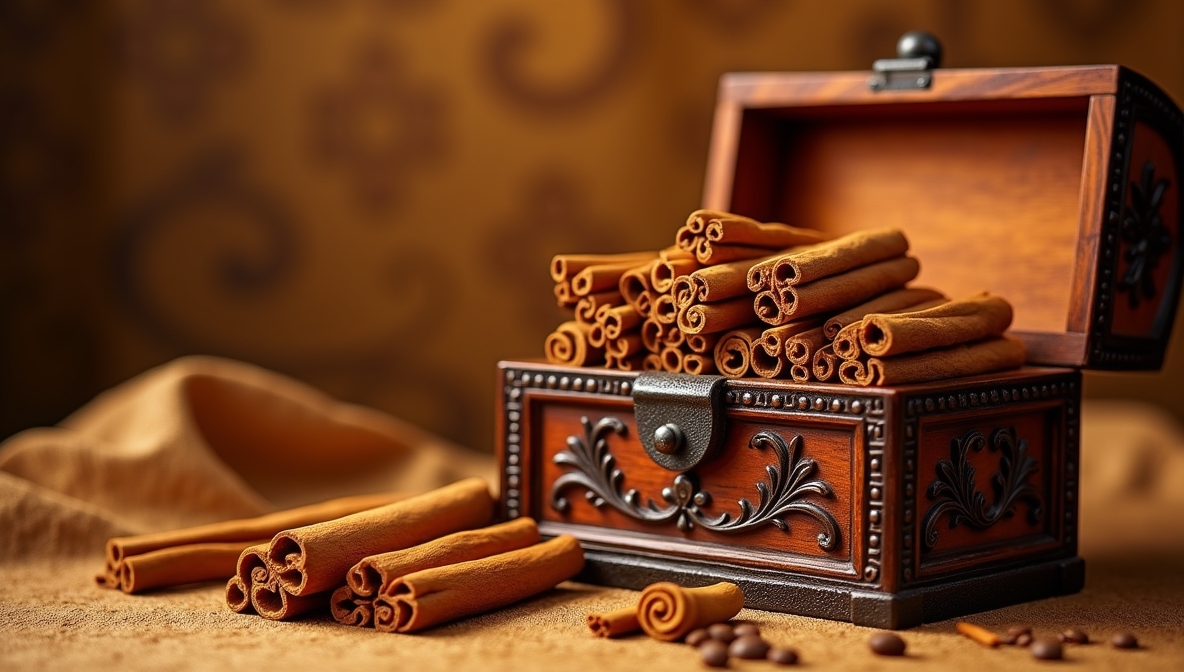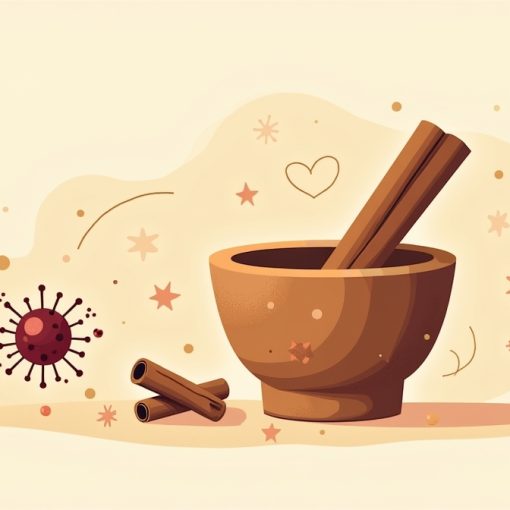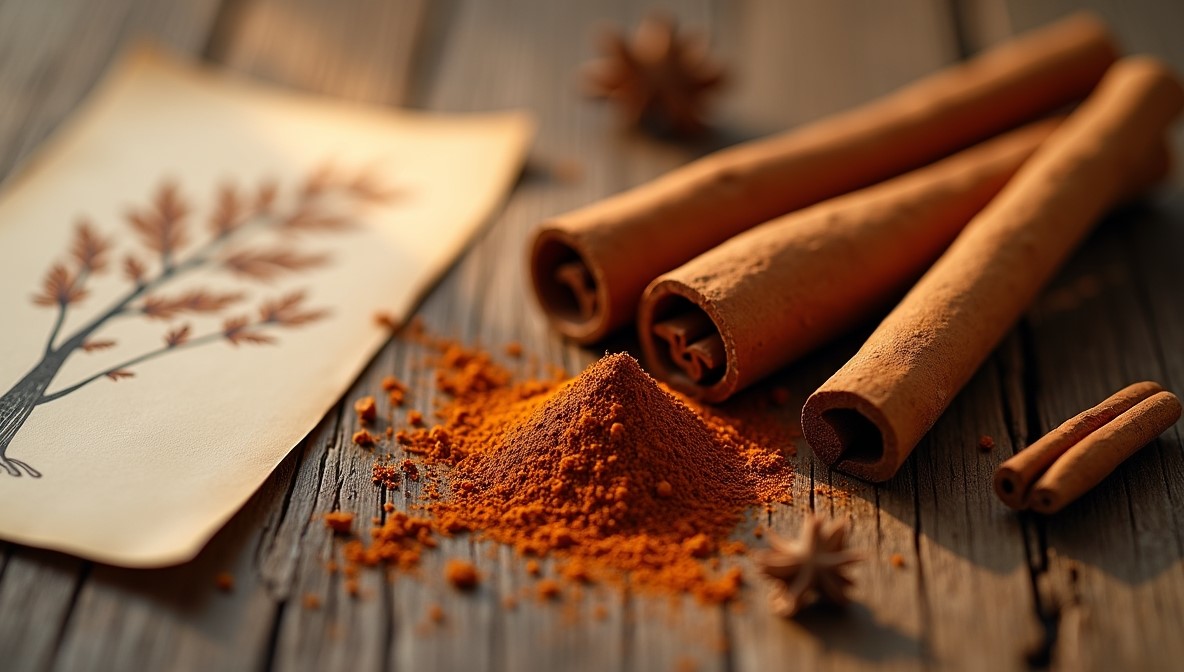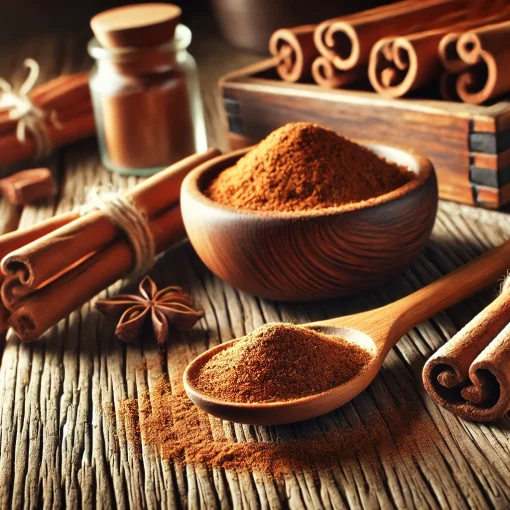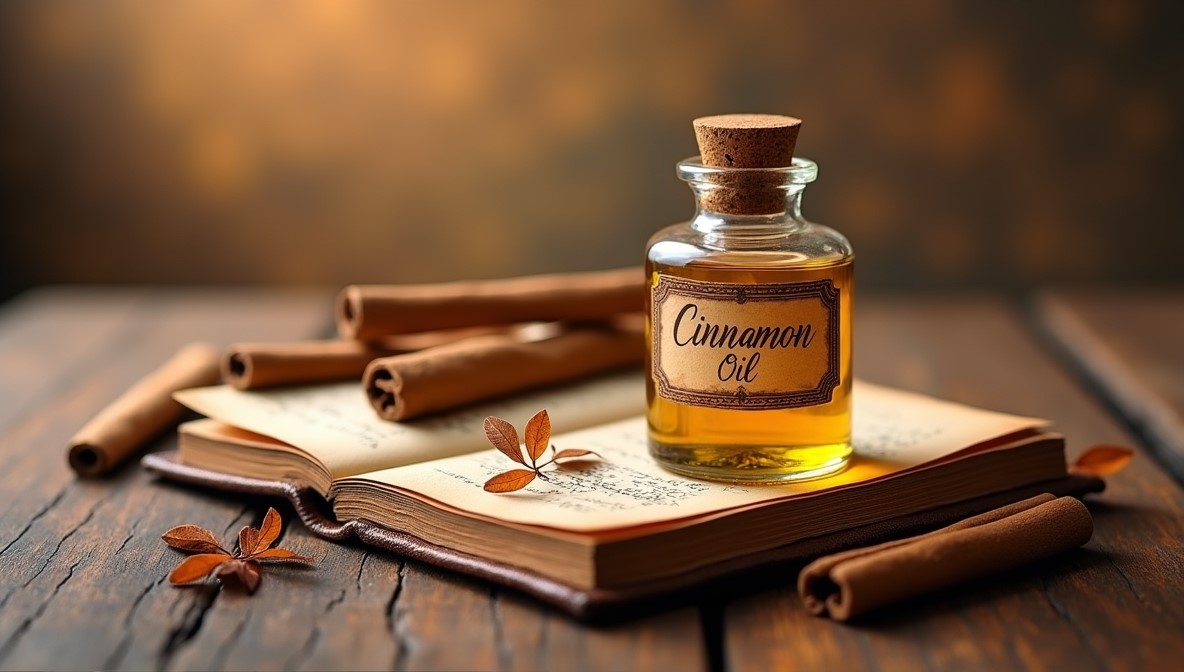Ceylon cinnamon, often called “true cinnamon,” has a history stretching back thousands of years. Valued for its fragrance, taste, and medicinal properties, this prized spice played a significant role in shaping trade, economics, and culture across multiple civilizations. From ancient Sri Lankan forests to European markets, its journey is a testament to its enduring appeal.
Origins in Ancient Sri Lanka
The history of Ceylon cinnamon begins in Sri Lanka, where the tree Cinnamomum verum grows naturally. Indigenous communities understood its value long before foreign traders arrived, using it in traditional medicine, cooking, and religious rituals. Ancient texts reference its use in Ayurvedic practices, where it was believed to aid digestion and improve circulation.
Early Trade and Demand
The demand for Ceylon cinnamon dates back to the early trade routes of the Indian Ocean. Egyptians used it in embalming processes, highlighting its preservation properties. Sanskrit writings from around 2000 BCE mention cinnamon as a key ingredient in herbal remedies.
By the time of the Phoenicians and Arab merchants, Ceylon cinnamon had become a prized commodity. Traders carefully guarded the spice’s origins, spinning myths about how it was obtained to keep prices high. Some claimed giant birds collected cinnamon sticks for their nests, while others spoke of perilous journeys to distant lands.
Roman Influence and Expansion
The Romans regarded cinnamon as a luxury. It was used in perfumes, medicines, and rituals. Emperor Nero famously burned vast amounts of it at his wife’s funeral as a display of wealth and sorrow. This demand fueled further trade, strengthening connections between Sri Lanka and the Mediterranean.
Greek and Roman physicians, including Dioscorides and Galen, documented its medicinal benefits, further increasing its reputation.
Colonial Power Struggles Over Cinnamon
The European quest for spices led to a series of colonial conflicts over cinnamon production.
- Portuguese Control (1505–1658): The Portuguese arrived in Sri Lanka in the early 16th century and seized control of cinnamon production. They forced local communities into harsh labor conditions, monopolizing the trade.
- Dutch Takeover (1658–1796): The Dutch ousted the Portuguese and established a more structured cinnamon trade. They expanded plantations and controlled global supply, increasing both production and profit.
- British Rule (1796–1948): The British eventually took control, integrating cinnamon cultivation into broader plantation systems. As competition from cassia (a cheaper cinnamon variety from China and Indonesia) grew, Ceylon cinnamon’s dominance in the market began to shift.
Ceylon Cinnamon vs. Cassia: The Market Shift
While Ceylon cinnamon remained the original and highest-quality variety, cassia cinnamon became widely available due to its lower cost. Cassia’s stronger, more astringent taste made it a common substitute, particularly in Europe and North America.
Despite this, Sri Lanka remains the world’s primary source of Ceylon cinnamon, with its milder, sweeter flavor preferred by those seeking authenticity.
Ceylon Cinnamon in Modern Use
Today, Ceylon cinnamon is recognized for its culinary, medicinal, and aromatic properties. Studies suggest it has potential benefits in blood sugar regulation and anti-inflammatory effects. It continues to be a vital part of Sri Lankan culture and a staple in kitchens worldwide.
A Spice That Shaped History
Ceylon cinnamon’s story is one of trade, conflict, and enduring value. From ancient rituals to modern wellness trends, it remains a prized spice with deep historical roots. Its journey across civilizations highlights its lasting importance in both tradition and commerce.
